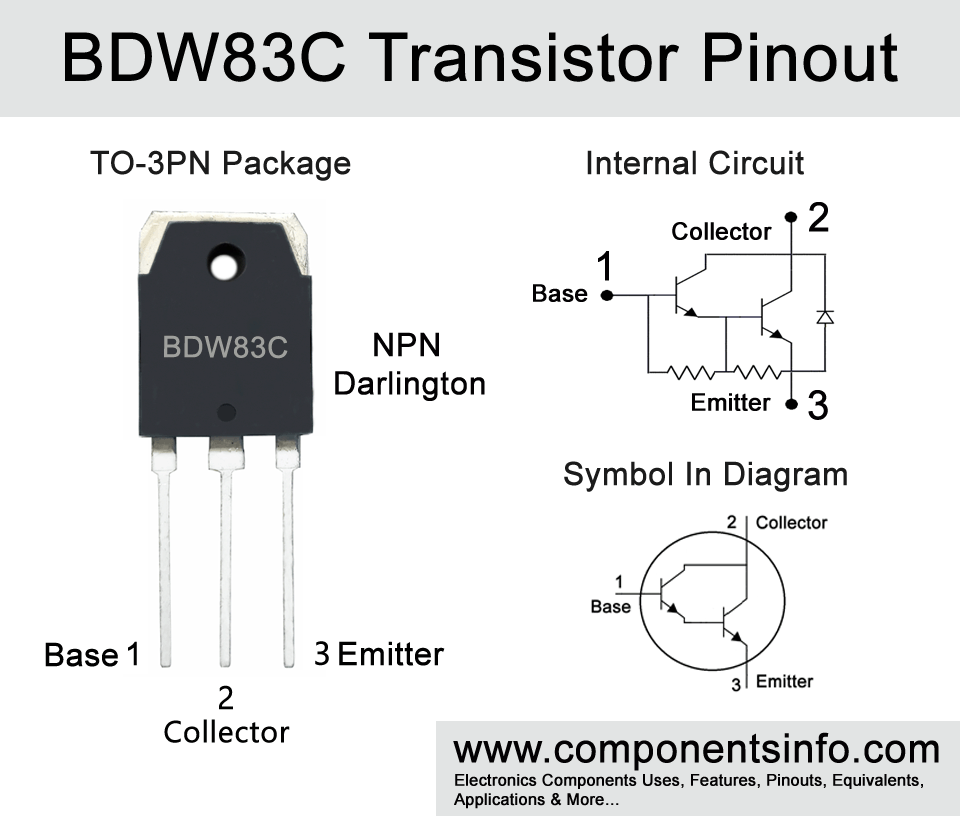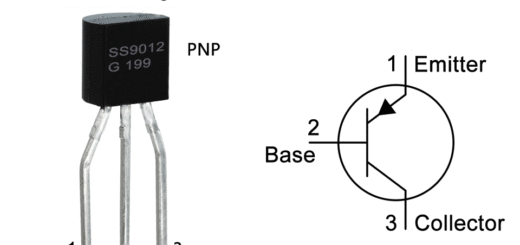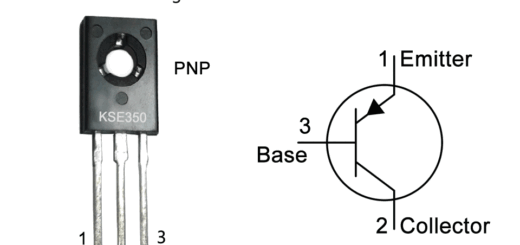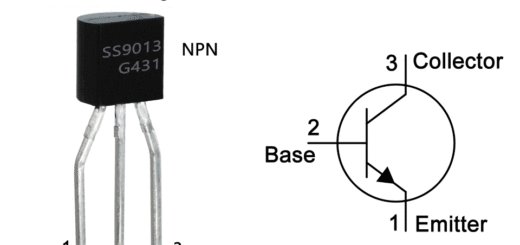BDW83C Transistor Pinout, Equivalent, Applications, Features and Other Important Details
BDW83C is an NPN Darlington transistor of BDW83x series. Today we are going to understand BDW83C transistor pinout, equivalent, applications, features and other important details of the transistor.
Absolute Maximum Ratings:
- Package Type: TO-3PN & TO-218
- Transistor Type: NPN Darlington
- Max Collector Current(IC): 15A
- Max Collector-Emitter Voltage (VCEO): 100V
- Max Collector-Base Voltage (VCBO): 100V
- Max Emitter-Base Voltage (VEBO): 5V
- Max Continuous Base Current: 0.5A
- Max Collector Power Dissipation (Pc): 150 Watt
- Minimum DC Current Gain (hFE): 750 to 20000
- Max Storage & Operating temperature: -65 to +150 Centigrade
PNP Complementary:
PNP Complementary of BDW83C is BDW84C
Replacement and Equivalent:
BDW83D, TIP35CA, MJH6284, BDV67D
Low voltage equivalents are: BDW83, BDW83A, BDW83B,
BDW83C Transistor Explained / Description:
BDW83C is an NPN Darlington transistor designed to use in general purpose switching and amplification applications. It is a high gain transistor which has the gain of 750 to 20000. The transistor is available in two different packages which are TO-3PN and TO-218 but we have only used the TO-3PN package in the pinout image above but if you use the TO-218 package the pin layout will be the same.
It is the transistor of BDW83x series which also contains other transistors such as BDW83, BDW83A, BDW83B, and BDW83D. All the transistors in this series are almost the same except for their voltage ratings. So you can use them alternatively if your load is of low for example if your load is under 45V then you can use any of them alternatively but if the load is above 45V then you can only use the transistors that are little bit higher from your load. For example, if you are load requires 60V then you can use BDW83B but if 80V or 85V then you have to use BDW83C. The reason for using some voltage higher voltage driving capability than the load requirements is due to the fact that we cannot use any component to its absolute maximum ratings so the right way to use a component is to use it below from its maximum capability.
The series also has complimentary transistors like BDW84, BDW84A, BDW84B, BDW84C, and BDW84D. These transistors can be used as complimentary PNP transistors for the BDW83x series.
Looking at the characteristics of the transistor its base-emitter on voltage is 2.5V, collector-emitter breakdown voltage is 100V and collector cutoff current (ICEO) is 1.0mA.
Where We Can Use it & How to Use:
BDW83C is designed to use for general purpose switching and amplification purposes but can also be used in a wide variety of other applications such as voltage converters, driver applications, pulse generation etc. The detailed list of its applications can be found under the Applications heading below.
Using procedure of the transistor is same as we use other Darlington transistors. To use it as a switch first check its pin layout and then connect the Base of the transistor (through a suitable resistor 1K or above) to the signal source from which you want to control the load, then connect the Emitter with the negative supply of the circuit and connect the collector with the negative wire of the load and the positive wire of the load will be connected with the positive supply of the circuit.
For using it as a simple amplifier connect the Base of the transistor (through a 102 ceramic capacitor (you can also use other suitable capacitors)) with the signal source which you want to amplify. Connect the Emitter pin of the transistor with the negative supply of the circuit and connect the Collector pin with the negative supply of the speaker and the positive supply of the speaker will be connected with the positive supply of the circuit. This is a very simple amplifier circuit but you can also make is more reliable and good quality but adding extra discrete components where required.
Applications:
Audio Amplifiers
Voltage regulators
Relay Drivers
Voltage inverters
Voltage Regulation
LED Drivers
Inverter Circuits
Switching Circuits
Motor Control
Driver circuits
Switching regulator
DC to DC Converter
Audio power amplifier
Pulse Generator
Motor Control
Battery Operated Applications
Safe Operating Guidelines:
Here are the operating guidelines of the transistor.
- To safely operate the transistor one of the most important rule is to use it at least 20% below from its max ratings.
- So by following the above rule the maximum collector current of the transistor is 15A but we will not drive load of more than 12A.
- The maximum collector to emitter voltage or the load voltage it can handle is upto 100V but we will stay under 80V.
- Additionally, the temperature should be maintained between -65°C to 150°C.
Datasheet:
To download the datasheet just copy and paste the below link in your browser.
https://datasheetspdf.com/pdf-down/B/D/W/BDW83-INCHANGE.pdf



